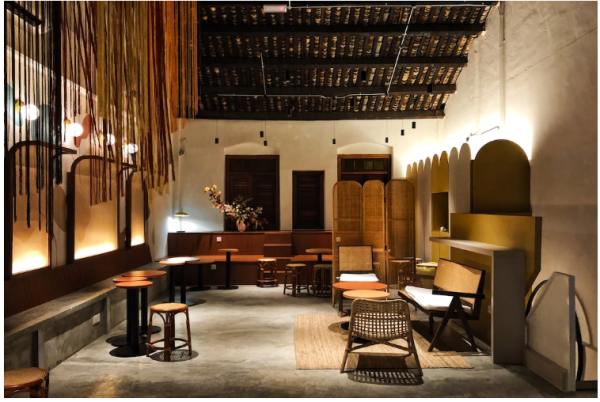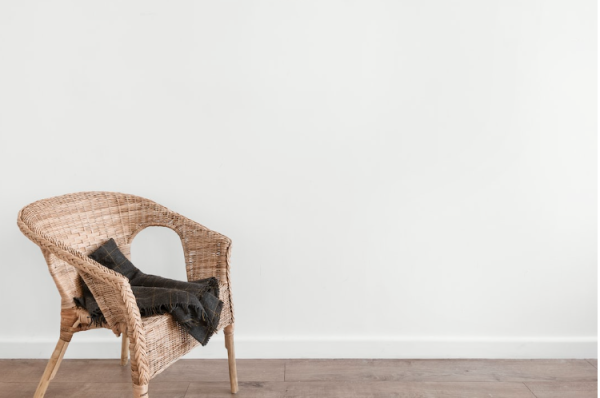Rattan, a naturally occurring material, has been adorning households for centuries. With the increased focus on environmental responsibility and the health of our planet, rattan has found a new place as a sustainable and eco-friendly alternative to plastic. Many homeowners aren’t aware of its advantages, but there is a range of them that you should be aware of. In this article, we will explore the benefits of using rattan in interior design, explain how rattan furniture is made, and discuss how to maintain its beauty for years to come.
Why Choose Rattan Furniture

For those looking to invest in eco-friendly and stylish furniture, check out the beautiful rattan counter stools, which are perfect for adding a touch of elegance to any kitchen or bar area. Aside from the visual interest these bar stools offer, rattan possesses a classic aesthetic that can complement your kitchen counter aesthetic. The unique texture and natural hue can add warmth and an organic touch to any space. Rattan furniture is also known for its durability and lightweight nature; when treated properly, it can last for many years.
Another one of the main reasons to choose rattan furniture is its sustainability. Unlike plastic, rattan is a natural material that comes from the vine of a specific palm tree, often found in tropical regions such as Asia, Africa, and Australia. The harvesting process of rattan is eco-friendly and does not contribute to deforestation. This means that rattan production has a low impact on the environment when compared to other materials commonly used for furniture, making it a responsible choice for eco-conscious consumers.
Maintaining and Restoring Rattan Furniture
To keep rattan furniture looking pristine for years, it’s essential to carry out routine maintenance. Due to its natural fibers, rattan is susceptible to dirt and dust buildup, as well as damage from moisture and sunlight. Regular cleaning with a soft brush or cloth can help to remove any dust and prevent a buildup of grime. It’s also recommended to vacuum the furniture periodically using a brush attachment to ensure that dust doesn’t become lodged within the fibers.
When it comes to protecting rattan furniture from moisture and sunlight, it’s important to position the furniture in a shaded area or use covers when not in use. If rattan furniture is exposed to damp environments or is submerged in water, it should be dried as soon as possible using a cloth or hairdryer. For outdoor furniture, applying a layer of sealant or varnish can shield the rattan fibers from harmful elements, as well as provide an extra layer of protection against wear and tear.
Effortlessly Enhancing Your Space with Rattan Furniture

Rattan comes in an extensive range of styles and designs that can seamlessly fit into any interior. From classic woven chairs and tables to modern rattan headboards and sideboards, there is something suitable for every taste and preference. One way to effortlessly incorporate rattan into a space is by adding statement pieces that can instantly elevate a room. By choosing rattan over plastic or other less sustainable materials, consumers can contribute to the health of our planet while also enjoying a timeless, elegant design.
Rattan also pairs well with other design elements, like houseplants, which offer practical benefits like boosting your mood and alleviating stress. When choosing plants for your home, consider the amount of sunlight the space receives and the type of soil in the pot. Some plants, like ferns, do well in shaded areas, while others, like succulents, need lots of sunlight. Be sure to also consider the size of the plant when choosing one. Some plants can grow quite large, so make sure there is enough room for them to thrive.
As this article demonstrates, rattan furniture is an excellent choice for enhancing your space with a sustainable and stylish solution. Its durability, timeless design, and sustainable credentials make it a valuable asset that can be cherished for years to come. You can incorporate rattan into your space in many ways, depending on your taste and preferences. If you follow the tips in this blog, then you’ll be able to design an aesthetically pleasing and eco-friendly home that you can enjoy for years to come.

